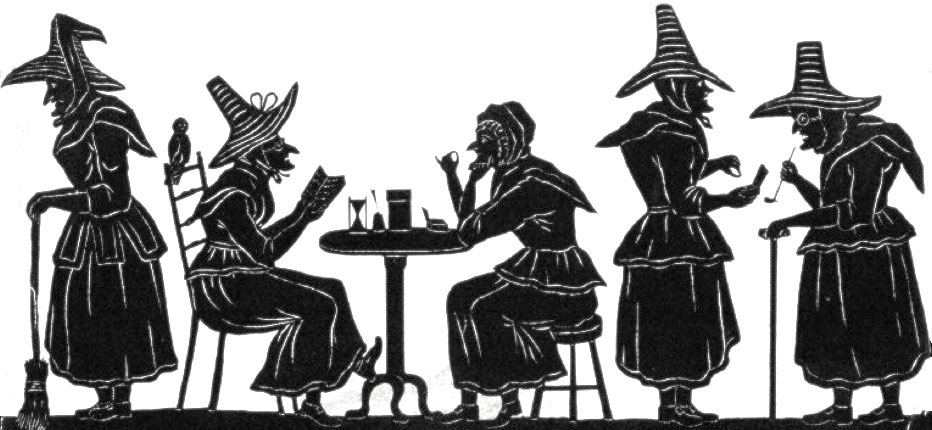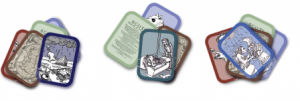I just finished Bruce Watson’s book on A. C. Gilbert, the invetor of the Erector Set titled The Man Who Changed How Boys and Toys Were Made. The book doesn’t quite work as either biography or as social history, but it ends by asking why the Erector sets and other construction toys from Gilbert Toys failed in the late 60s. Watson suggests three changes:
- From Edison to Einstein. The first shift was a shift in paradigm from science being about invention (with Edison as the hero) to science being about theory (with Einstein as paradigm.)
- After the A-Bomb. The second shift was the change in how we perceive science after the Atom Bomb. Science was no longer a unquestioned good. Watson suggests that Frankenstein’s Monster (the film with Boris Karloff) also contributed to a changing in attitude towards science.
- The Cool. The final nail was the emergence of teen culture in the 60s – a culture concerned with the cool. Kids who constructed things with Erector sets were seen not as boys, but as nerds.
Toys like Erector, which in its time was very successful, aimed to appeal to boys. They avoided presenting themselves as “educational” as that would be the kiss of death. Instead they were for tinkering and playing engineer. They appealed to parents as a solution to the “boy problem” of energetic boys getting into trouble (something we solve with drugs today.) With time, playing with Erector sets making bridges ceased to appeal to boys as a manly thing to do. It ceased to be cool and boys began to be seen less as a problem than as a market for which entertainment could be designed. Why solve the boy problem when you could feed the cool boys with rock and roll, television and movies. Toys are now sold in conjunction with TV shows (cartoons or other).
Watson ends the book by pointing out that the videogame industry now sells much more than the toy industry – especially the educational toy industry. Videogames are this generation’s boy toys. What will be next? I can’t help wonder if there is a return to construction with all the interest in Arduino’s, fabrication, and robotics.




